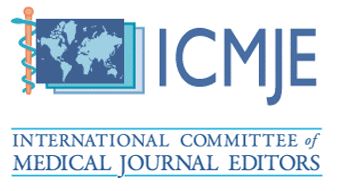Surgical Feasibility Protocol for Le Fort I Multisegment Osteotomy: Analysis on Models
Alejandro Latorre1*, María José García2, Sonia Solimano3, Yasmín Herrera4
1Maxillofacial Surgeon, Hospital San Pablo de Coquimbo and Hospital, Dr. Antonio Tirado Lanas, Ovalle, Chile.
2Orthodontist, Hospital San Juan de Dios La Serena, Private Practice, Chile.
3OMFS Resident, Ovalle Provincial Hospital, Dr. Antonio Tirado Lanas, University of Valparaí so, Chile.
4Dentist, Private Practice, Santiago, Chile.
*Corresponding Author: Alejandro Latorre, Maxillofacial Surgeon, Hospital San Pablo de Coquimbo and Hospital, Dr. Antonio Tirado Lanas, Ovalle, Chile.
https://doi.org/10.58624/SVOADE.2025.06.021
Received: June 08, 2025
Published: July 09, 2025
Citation: Latorre A, García MJ, Solimano S, Herrera Y. Surgical Feasibility Protocol for Le Fort I Multisegment Osteotomy: Analysis on Models. SVOA Dentistry 2025, 6:4, 126 134. doi: 10.58624/SVOADE.2025.06.021
Abstract
Dentofacial deformities are alterations in the development of the maxillomandibular structures, which originate due to various causes such as endocrine, genetics, parafunctional habits, trauma, among others. The treatment of these anomalies is generally orthodontic-surgical. The Le Fort I segmental osteotomy is a recommended option to correct cases in which it is not possible to modify anomalies such as malocclusion, anterior open bite, severe proclination of the anterior sector through conventional orthodontic treatment, or for maxillary transverse deficiencies of up to 7 mm. Currently, it is a procedure of which there is fear of post-surgical stability and complications inherent to the surgery itself, which is why it is important to establish a protocol along with an analysis of models prior to this procedure, to serve as a guide for maxillofacial surgeons and orthodontists. We present a protocol as a test of surgical feasibility for maxillary segmental osteotomy and an analysis of the study models. We conclude that the existence and knowledge of a protocol that allows determining the surgical feasibility for the Le Fort I segmental osteotomy is important, which is why it should be considered a fundamental part of the planning both by the orthodontist at the beginning of the treatment and preparation of the patient. . as well as by the maxillofacial surgeon when planning the surgery itself. A correct determination of surgical feasibility allows us to determine the need for other surgical procedures in the first phase such as SARPE or MARPE and also achieve the protection of the roots in the osteotomy line.
Keywords: Orthognathic Surgery, Orthodontics, Segmentation, Lefort 1, Maxillofacial Surgery











